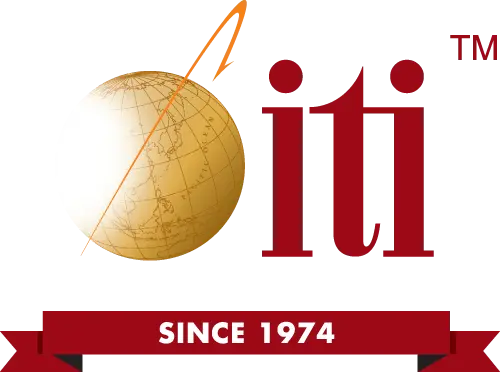Most companies understand that petroleum comprises at least some portion of the production cost or raw material cost of just about anything on the planet. In addition, it also amounts to a large piece of the logistical cost of getting the product out of the factory’s doors and onto the retailer’s shelves. Given their already low-cost footprint, Chinese manufacturing companies are well situated to capitalize upon the recent drop in the price of oil.
Although coal provides the majority of the energy used in China, the second largest energy source is petroleum. Almost every single aspect of the production process sees a marginal drop in cost during a decline in oil prices. It costs less to heat and cool the factory, and it costs less to provide the necessary electrical power to run the production equipment.
Transporting raw materials into the plant and shipping finished goods out the back end of the facility costs less than before. Ocean carriers see their costs drop as well. Lower oil prices allow ocean carriers to change their fleet deployment mix to favor smaller, faster boats that improve transit times. And in the US, over the road trucking costs compete better with rail costs when oil prices decline further benefitting shippers. The bottom line is that lower oil prices result in significant cost savings and/or more service offerings for all modes of freight.
While not always translating into actual price reductions from manufacturers, most of these cost savings have had the effect of at least mitigating recent Chinese inflationary pressures thereby providing a relatively stable pricing environment throughout 2015. In cases where cost reductions are achieved in the Chinese manufacturing supply chain, two distinct and highly-profitable business strategies exist as alternatives. On one hand, it is possible to keep end user prices the same and pocket the extra profit that results from lowered manufacturing costs. On the other hand, goods can be offered at a discount over the usual wholesale price in hopes of gaining additional market share.
It is even possible to mix these two approaches depending on the relative health of the markets to which they are being consigned. For a market mired in recession, it may be best to pass on the savings to the consumer in hopes of generating additional sales. In cases where market conditions are more normal, squeezing a greater net profit out of a similar amount of gross sales is probably the way to go.
In any case, the current cost of oil represents enhanced opportunity for those who wish to take advantage of the already significant advantages of having your products manufactured in China.





